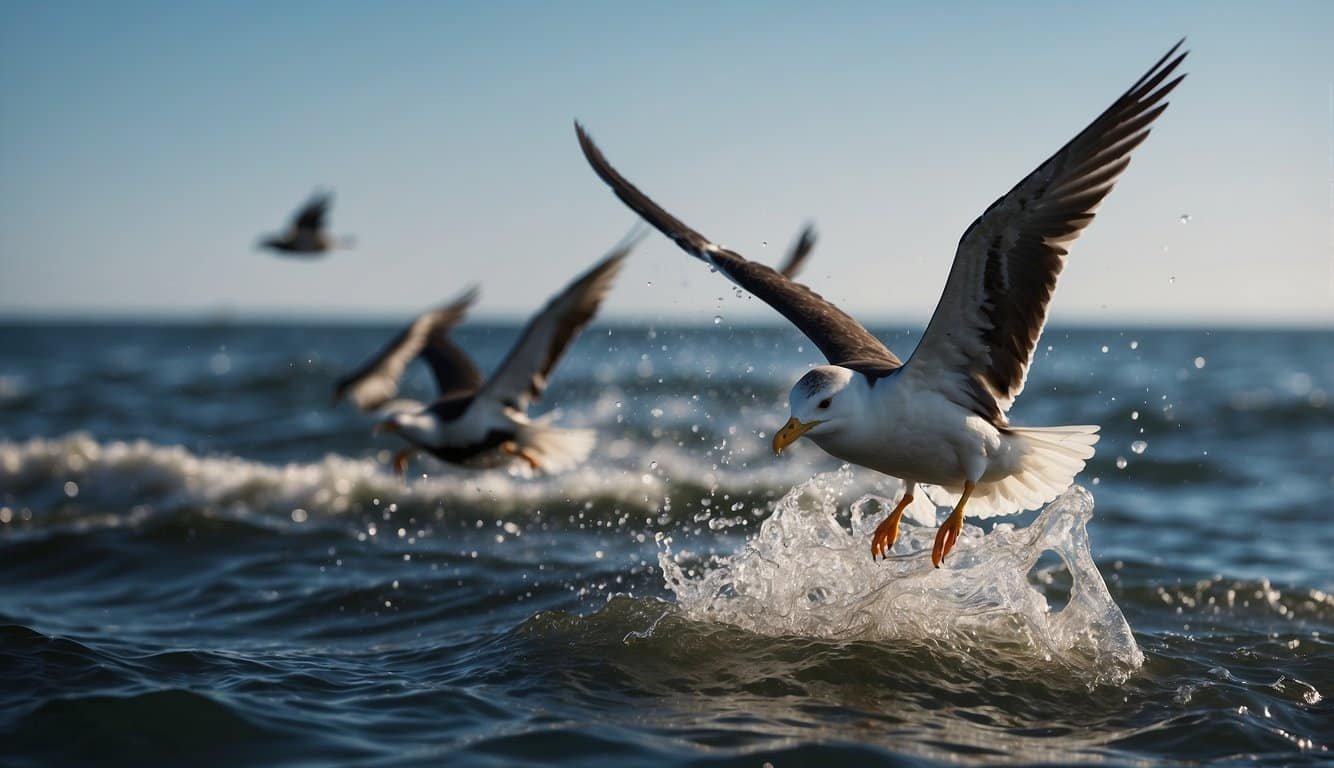Overview of Deepwater Horizon Oil Spill
The Deepwater Horizon oil spill, often referred to as the BP oil spill, was a disastrous event that took place in the Gulf of Mexico on April 20, 2010. This catastrophic spill unfolded when a surge of natural gas blasted through a concrete core recently installed in order to seal the well for later use. The rig, operated by British oil giant BP, was located approximately 41 miles off the coast of Louisiana.
Here’s a quick glance at the key figures:
- Event date: April 20, 2010
- Location: Gulf of Mexico
- Operator: BP
The explosion that caused the spill tragically claimed 11 lives and led to the sinking of the Deepwater Horizon drilling rig, initiating an uncontrollable blowout that released millions of barrels of oil into the Gulf of Mexico. This event marked the largest marine oil spill in the history of the petroleum industry.
The spill had far-reaching effects on the environment, prompting extensive research on its ecological impacts, such as studies examining the spill’s immunotoxic effects on marine life. Efforts to manage and mitigate the spill included the use of Corexit dispersants, chemicals designed to break the oil down into smaller droplets, which are still under scrutiny for their environmental safety and efficacy.
The National Oceanic and Atmospheric Administration (NOAA) played a pivotal role in monitoring and assessing the environmental repercussions of the spill. They also guided clean-up operations and worked to understand the overall environmental impact of the disaster on marine and coastal ecosystems.
The response to the spill was a complex amalgamation of containment, dispersal, and clean-up strategies, yet it underscored our vulnerability to such large-scale industrial accidents and highlighted the need for improved safety measures in offshore drilling practices.
Environmental Consequences
The Deepwater Horizon oil spill had extensive effects on marine life, coastal regions, and human activities. These consequences stretched from the deep sea to the coastline, impacting wildlife, ecosystems, and economies.

Marine Life Impact
The spill severely affected various marine species, such as fish, dolphins, and sea turtles. Notably, the spill led to increased levels of polycyclic aromatic hydrocarbons (PAHs) in the water, which can be harmful to marine life, particularly in early developmental stages. Beyond immediate death, the long-term impacts on marine mammals’ reproduction and overall health are still being monitored—oil contamination has the potential to disrupt entire ecological communities in the Gulf of Mexico.
Coastal and Wetland Effects
Marshes, like those in Barataria Bay and the Mississippi River Delta, were coated in crude oil, damaging habitats vital for birds, such as gulls, pelicans, and terns. These vital wetlands support a rich biodiversity, including shrimp and various fish species key to the local fishing industry. Oil exposure can smother these habitats, leading to a loss of flora and fauna and consequently a decrease in habitat quality and biodiversity.
Microbial Degradation and Sediment Imbalance
Bacteria and microorganisms play a role in breaking down hydrocarbons through biodegradation. While this natural process helps reduce the impact of the spill, it can also deplete oxygen levels in the deep sea, leading to an imbalance in sediment ecosystems. Moreover, methane and other components of the oil can feed microbial growth, further unsettling sediment composition.
Oil Spill Containment and Cleanup
In efforts to manage the spill, approximately 1.84 million gallons of dispersants, which break down oil into smaller droplets, were used. Cleanup efforts also included skimming surface oil and using booms to contain the spread. However, tar balls and weathered oil continued to wash up on shores for years after the initial spill, revealing the persisting challenge of complete removal.
Long-Term Ecological Damage
Deep sea coral experienced significant damage from the oil and dispersants, with a new study highlighting that impacts on reef fish and deepwater coral communities are profound. With a natural resource damage assessment ongoing, there is concern that full ecological restoration may take decades, as the true scale of the spill’s impact on deep sea environments continues to unfold.
Human and Economic Impact
The fallout from the spill had substantial repercussions for local economies focused on fishing and tourism. Fishing industries, particularly shrimp and crustacean harvesting, suffered due to both closures and long-term environmental impact. Economic instability followed for those whose livelihoods depend on the Gulf’s natural resources, and the full economic tally is still ongoing.
Legal and Policy Outcomes
Following the spill, the Obama and Trump administrations oversaw legal proceedings that culminated in a massive civil settlement. Legal mandates for restoration led to extensive funding for environmental repair efforts. Moreover, changes in policies regarding offshore drilling safety, including improvements to blowout preventers, aimed to prevent future disasters.
Scientific and Academic Research
The spill has spurred significant research initiatives, with agencies like the National Oceanic and Atmospheric Administration and universities including Louisiana State University and the University of Georgia taking part. These efforts seek to understand hydrocarbon flow rates, the efficacy of cleanup techniques, and the overall long-term consequences of such an environmental disaster.

